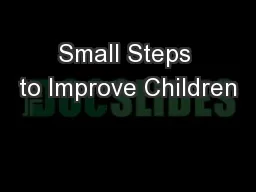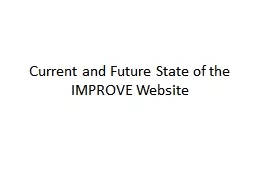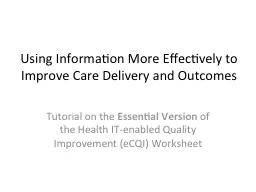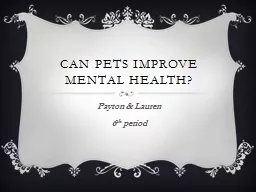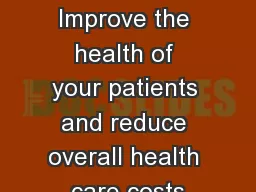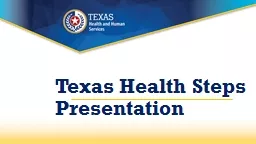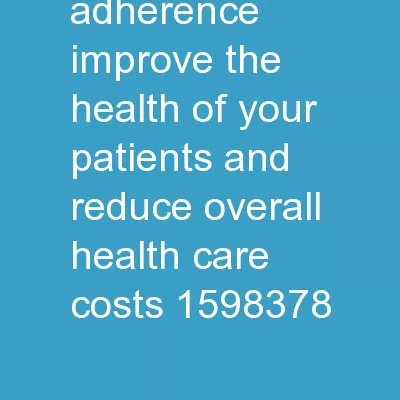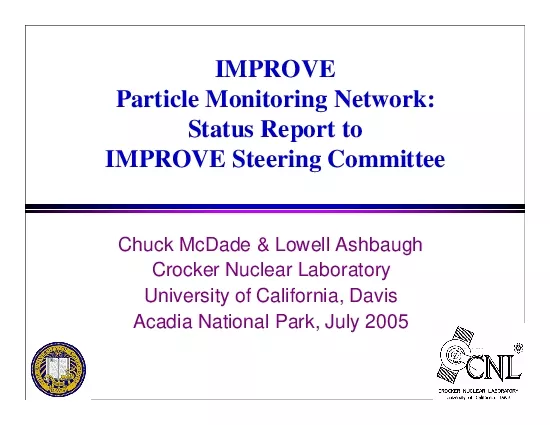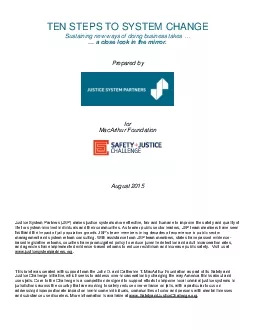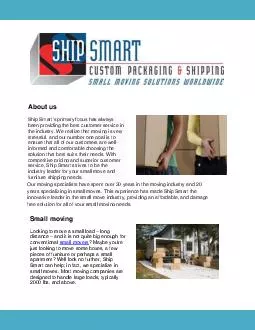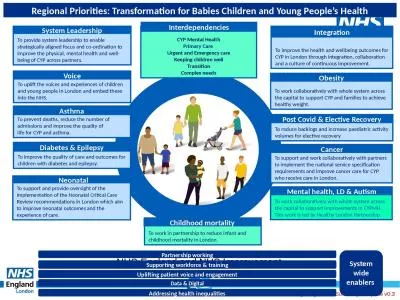PPT-Small Steps to Improve Children
Author : myesha-ticknor | Published Date : 2018-10-11
s Environmental Health in your Early Childhood Program Common practices to keep your kids safer Margo Young Hester Paul and Jacque Sell October 31 2012 Learning
Presentation Embed Code
Download Presentation
Download Presentation The PPT/PDF document "Small Steps to Improve Children" is the property of its rightful owner. Permission is granted to download and print the materials on this website for personal, non-commercial use only, and to display it on your personal computer provided you do not modify the materials and that you retain all copyright notices contained in the materials. By downloading content from our website, you accept the terms of this agreement.
Small Steps to Improve Children: Transcript
Download Rules Of Document
"Small Steps to Improve Children"The content belongs to its owner. You may download and print it for personal use, without modification, and keep all copyright notices. By downloading, you agree to these terms.
Related Documents

